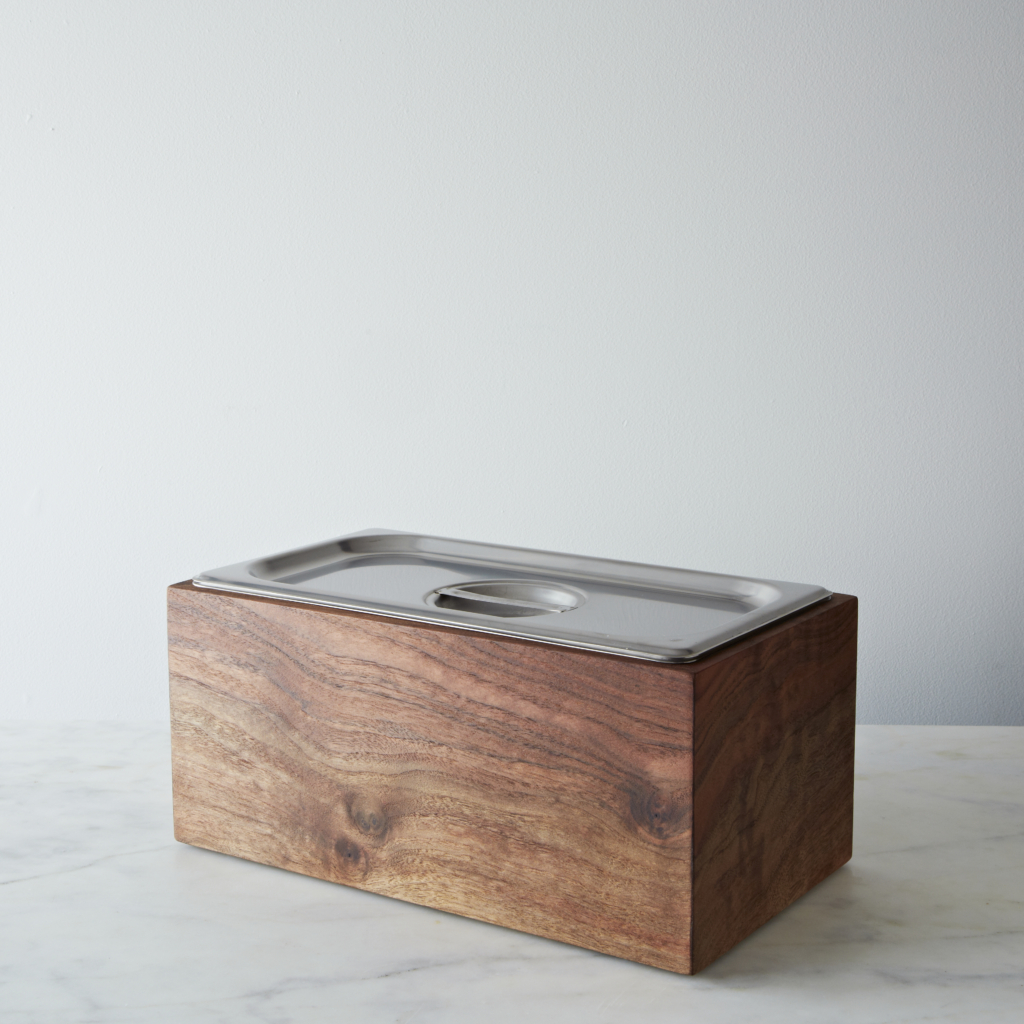
Switch to nontoxic lawn care.
Between weed and bug control, we tend to shellac our yards with a mix of chemicals. These concoctions are harmful to bees (who play an important role in our food chain and whose colonies are in critical condition in the U.S.) and butterflies, not to mention pets and children. But do natural lawn care treatments work? Buckhead resident Jennifer Hankey, founder of Healthy Green Schools and Green Queen Non-Toxic Services, says they do, and they’re worth the effort. “Pesticides are designed to kill things, so there’s no real ‘green’ pesticide, just levels of toxicity,” she explains. Hankey recommends switching to an eco-friendly lawn service and using healthier products, such as Orange Guard, Mosquito Barrier and EcoSmart that have an essential oil or botanical plant (such as citrus or garlic) base. Natural products do break down in the environment faster, requiring reapplication on a more frequent basis. In the case of mosquito sprays, for example, Hankey’s Green Queen mosquito control service comes out to customers’ houses every two to three weeks during peak season.
Plant an herb garden.
There’s nothing more ecological than cooking with your own produce, and how many times have you thrown out those herb bundles from the grocery store? An herb container garden is an easy place to start (you can graduate to vegetables next year). “Anytime you’re growing anything, it’s good for the butterflies, bumblebees, oxygen. You’re creating living things. It’s nature and food in your own backyard,” says Mary Blackmon, founder of Farm Star Living, who grows basil, mint, lavender, thyme and oregano at her Buckhead home. You can find organic herbs at local hardware stores or garden centers and grow them in any kind of container. An eco-friendly option is to upcycle one, such as a vintage teapot, Blackmon says. Just make sure to pad the bottom of the container with rocks so the herbs’ roots don’t become too saturated after watering. Next, fill it with organic potting soil, and add your herbs, organic fertilizer and water. Instant green thumb!
Create a compost.
Composting—essentially, the recycling of raw materials—may seem complicated, but it’s really a very simple and natural process that occurs in nature. Doing it in your backyard is not only great for improving your garden’s soil, it’s environmentally responsible as it reduces the amount of solid waste at the dump. Almost any raw material, including grass clippings, old cut flowers, leaves and kitchen scraps of banana peels or eggshells, can be composted instead of trashed. Just stay away from meats and pet droppings, as well as pesticides or herbicide-treated material. “I have a hidden area of my yard where I let flowers pile up and, as they decompose, use that material to enrich the soil in my herb or flower garden,” Blackmon explains. If you’d prefer a more contained pile, choose an open bin or enclosed container (retailers such as Home Depot and Williams-Sonoma sell them). Use a pitchfork or shovel to regularly turn the heap to add essential air into the mixture. If you’d like to learn more before going full compost force in your own yard, look for an urban farm, such as Truly Living Well in College Park, where you can get some hands on experience composting while volunteering to better your community, Blackmon suggests.
Recycling and composting prevents around 87.2 million tons of material diverted from landfills and prevents the release of approximately 186 million metric tons of carbon dioxide into the air—equivalent to taking over 39 million cars off the road for a year. Source: EPA, 2013 report
STORY: Karina Antenucci
PHOTOS: Sara Hanna
Managing Editor and Wellness Columnist at Simply Buckhead. Blogger at Badass + Healthy.










